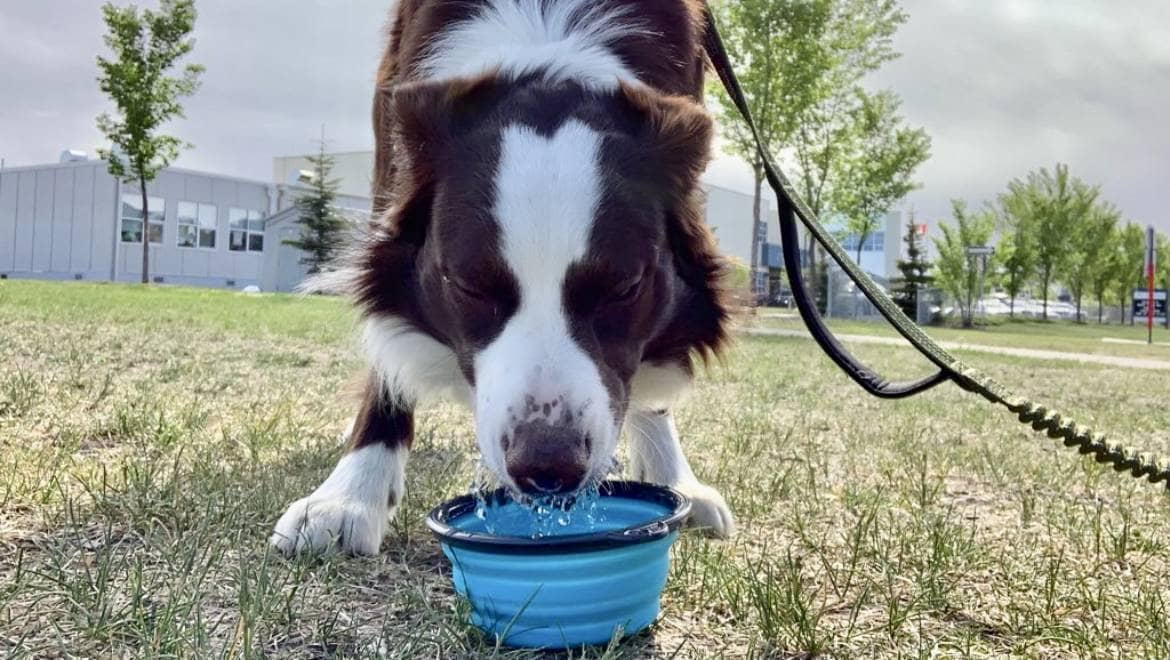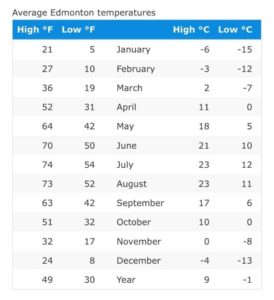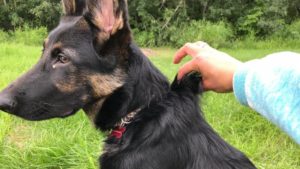Is Your Dog Drinking Enough Water?

Hot dog month is here! And we’re not talking hotdogs you cook on a barbeque, but canines in cooking temperatures.
July, being the hottest month of the year in Edmonton, is Pet Hydration Awareness Month. Heat can be deadly so our pooches need extra attention to keep them healthy and well when temperatures soar. Water is crucial to their wellbeing helping to regulate body temperature, keep energy levels up, and assisting their kidneys to flush toxins.
While our days have been cooler than usual for this time of year, as any Alberta resident knows, the weather can change drastically with little warning. Edmonton temperatures in July average 24 C, and we can usually expect at least one day to climb above 30 C. This is when we head for the shade, don sunhats, and slather on the sunblock to keep ourselves protected. Dogs will also head for the shade, and while panting helps regulate their body temperature and keep them cool, it’s not enough. Water intake is critical to their safety and we human friends need to help them out.

-Credited to Current Results Publishing
How much water does a hot dog need?
There is an easy, general rule to ensure our dogs are getting their daily requirement of water based on their body weight. For every kilogram (2.2 pounds), a dog needs 60 millilitres (1,000 ml = 1 l) of water. This means:
|
Weight of Dog 5 kg / 11 lb 10 kg / 22 lb 20 kg / 44 lb 30 kg / 66 lb 40 kg / 88 lb 50 kg / 110 lb |
Water Needed 300 ml / 10 oz 600 ml / 20 oz 1,200 ml / 40 oz 1,800 ml / 60 oz 2,500 ml / 80 oz 3,000 ml / 100 oz |
The rule above is a good guideline, but when temperatures rise, dogs need much more water than this.
“This is only a starting point!” says Dr. Michelle Meckelborg, shelter veterinarian and animal health manager with the Edmonton Humane Society. “Many factors, including [surrounding] temperature will increase the daily water requirements two to three fold.”
On hot days, that means doubling or even tripling the amount of water your dog normally takes in. If any animal, humans included, doesn’t get enough water, they will start suffering from dehydration in just a few hours. Heat stress and heatstroke can set in quickly, resulting in sickness or even death.
Dr. Meckelborg reminds us the general rule for water intake is an average and there are other factors that may increase your dog’s water needs, such as:
-
Obese dogs
-
Dogs weighing more than 15 kg
-
Dogs with pre-existing cardiovascular (heart) disease
- Anxious dogs
-
Brachycephalic breeds (these are dog breeds with shortened muzzles which can impede their ability to breath normally. Common breeds include English and French Bulldogs, Pugs, Boston Terriers, Pekingese and Shih Tzus)
What are the signs of dehydration?
Always keep a close eye on your dog during hot summer days. A dog is considered dehydrated when it has lost five per cent of it’s body’s water, and 12 to 15 per cent water loss can result in shock and even death.
If you suspect they may be dehydrated, there are a number of signs to look for and a couple of easy tests you can perform, but any strange behaviour may be enough to suspect your pup may be overheating and in need of water.
“Owners are often very good at detecting changes in their dogs behaviour, which occurs as the dehydration progresses in heat stress or heatstroke,” says Dr. Meckelborg.
Look out for:
-
Excessive or ongoing panting
-
Confusion
-
Stumbling, weakness and lethargy
-
Extremely yellow (concentrated) urine
-
Vomiting or diarrhea (both also contribute to dehydration)
-
Sunken eyes
-
Sticky saliva
-
Dry gums or nose
-
Spontaneous bleeding, trembling, or seizure activity
Try either of these easy tests to help gauge if your hound is hydrated:
-
Skin Test – gently pick up the skin at the back of your dog’s neck or between their shoulder blades. When released it should bounce back into place if their body is well hydrated. If the skin retracts slowly (two to four seconds), the animal is likely seven to eight per cent dehydrated. If the skin stays in place, this is a sign of critical dehydration.

Skin Test on Watson a Dog Jogs client -
Capillary Test – gently lift your dog’s lip and press on their gums with one finger. This will stop the blood flow and turn the gum white. A healthy dog will have the colour return in less than two seconds, and if it takes longer than that for the blood to return, it’s a good sign your dog is dehydrated.

Capillary Refill on Boss a Dog Jogs Client
How do you help Fido?
If a dog is dehydrated, but healthy, they will drink water provided on their own and can bounce back in less than an hour, but sometimes they need a helping hand. It’s also a good idea to take preventative measures if you know they’ll be exposed to higher-than-normal temperatures. Some suggestions are:
-
Adding wet food to their diet
-
Adding water to dry kibbles (doggie stew?)
-
Flavouring their water with low/no sodium broth (no onion!)
-
Offer them raw fruits and vegetables
-
Change water frequently, use a water fountain, or add a second water bowl
-
Measure the water you offer so you can track how much is consumed
-
Carry a water bottle and collapsible bowl when you go out
-
Offer them Pedialyte, an electrolyte replacement solution, as well as water
-
In a pinch, lead a dog to water and they will drink, but there is a risk a random source may be dirty or contaminated.
Hotdogs?
Yes, the kind you cook up over a fire this time of year. While no vet or doctor will ever recommend them as a part of a healthy diet, now that you and your pooch friends are prepared for the summer heat, it’s time to head out and enjoy!
Thank you to guest writer: Jenny Feniak